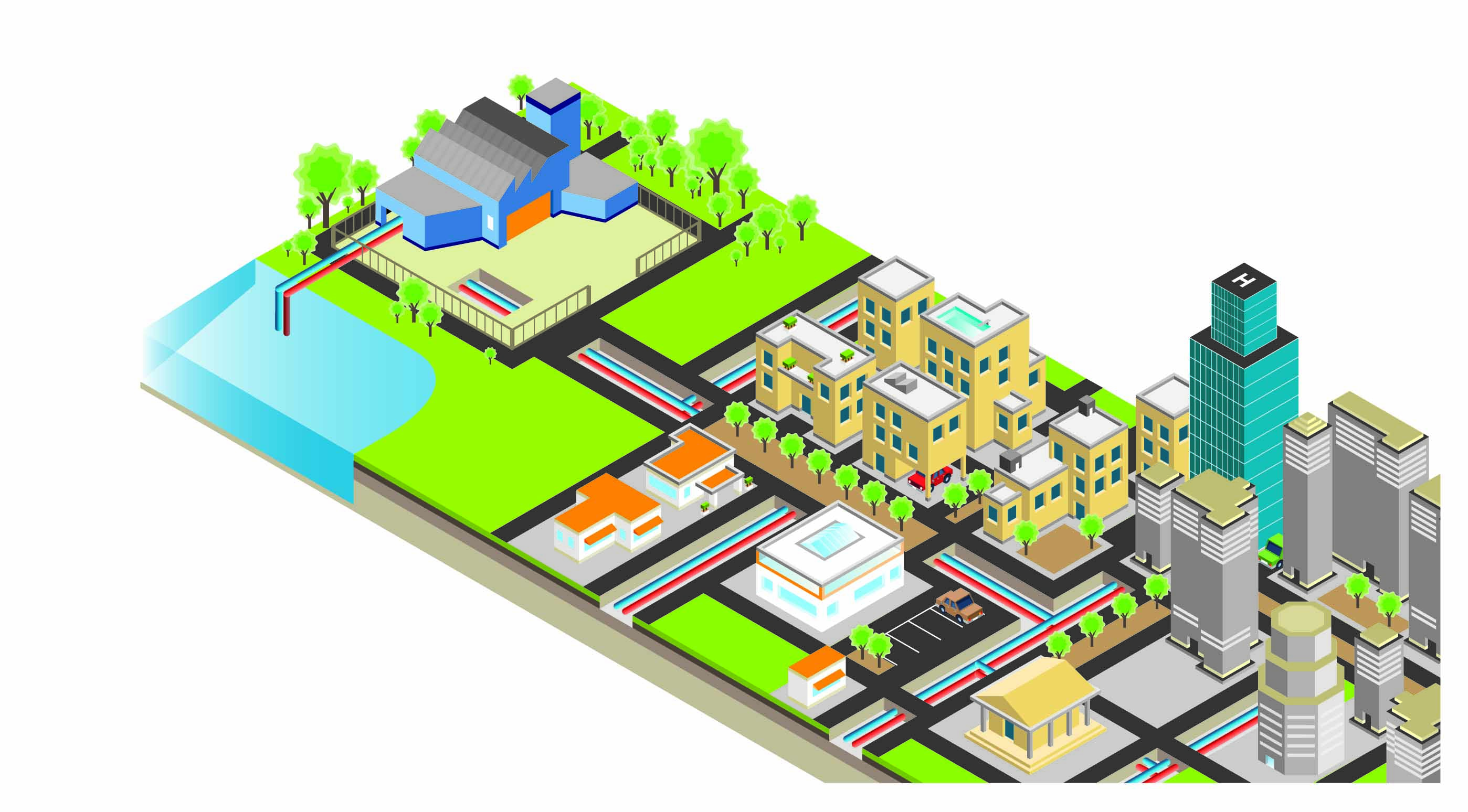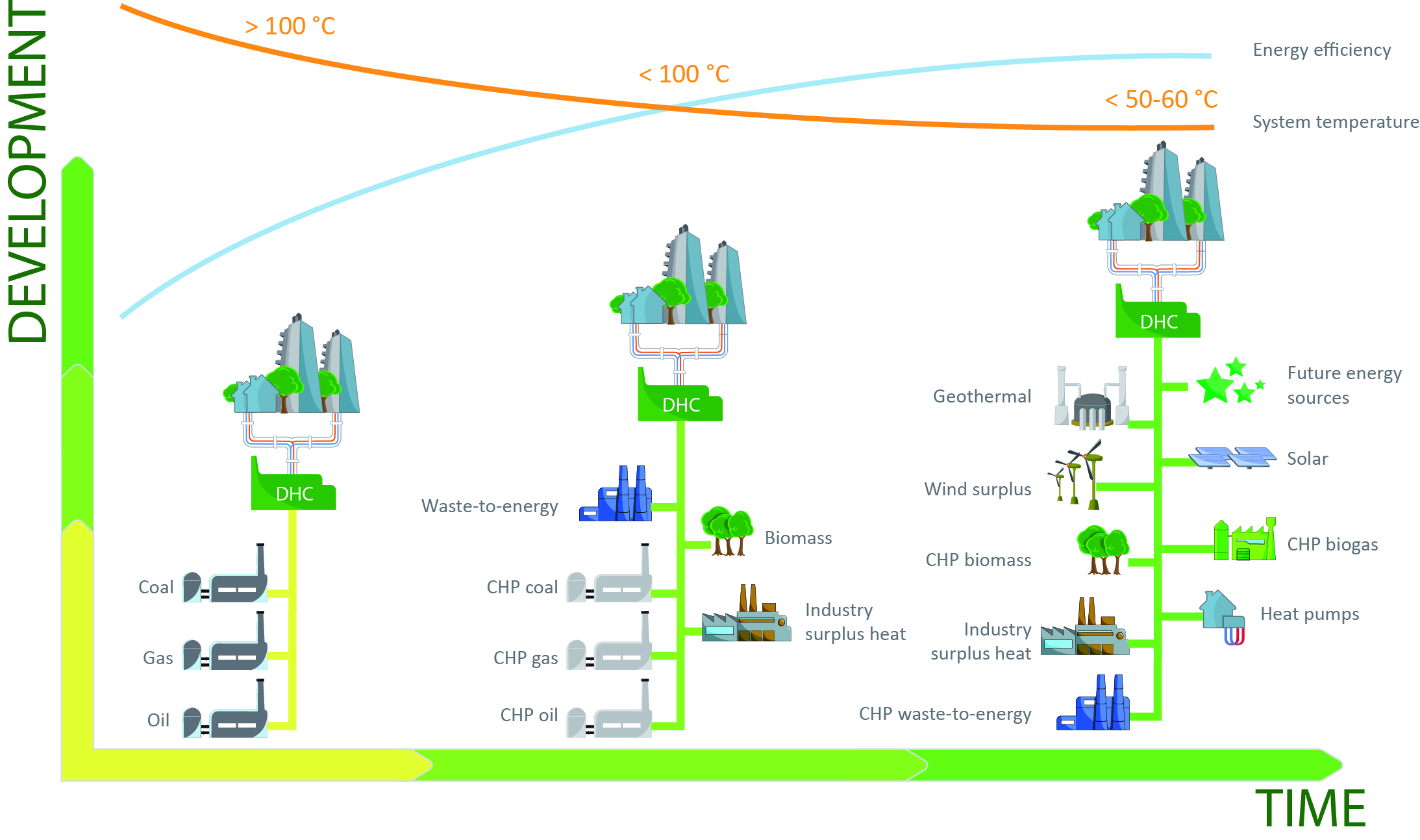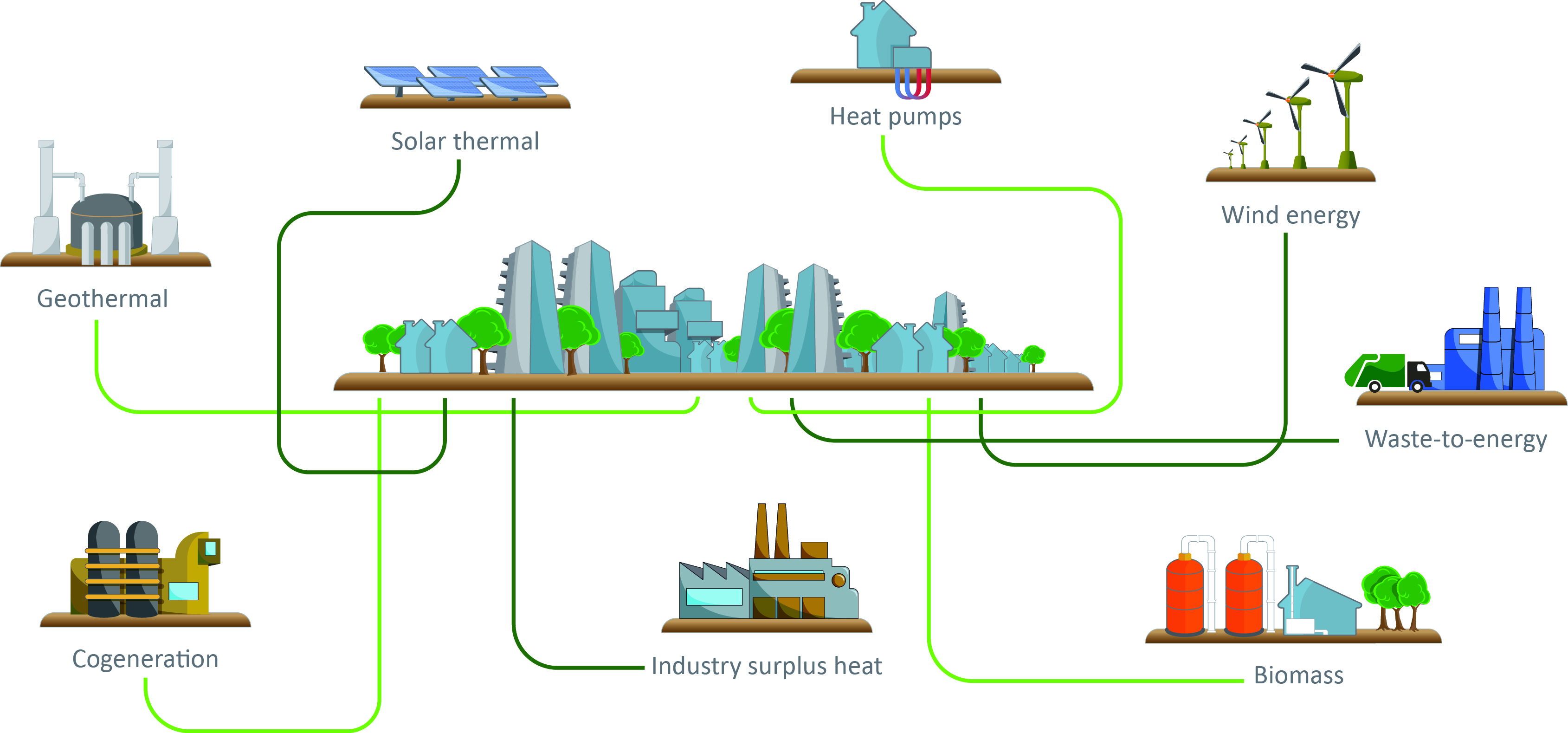STORM articles and papers
- Scientific Papers
“Operational Demand Forecasting in District Heating Systems Using Ensembles of Online Machine Learning Algorithms,” Energy Procedia, Volume 116, June 2017: p.208 – 216. Award-winner at the 15th International Symposium on District Heating and Cooling in Seoul, South Korea, September 2016.
“Status of the Horizon 2020 STORM Project,” Energy Procedia, Volume 116, June 2017: p. 170-179.
“Operational thermal load forecasting in district heating networks using machine learning and expert advice,” Energy and Buildings, Volume 162, 1 March 2018: p. 144-153.
“Thermal load forecasting in district heating networks using deep learning and advanced feature selection methods,” Energy, Volume 157, 15 August 2018: p. 141-149
- Articles
“Release the Energy,” Horizon 2020 Projects: Portal magazine, October 2016
“Storm Project lands award at DHC symposium” – DHCNews.co.uk, November 2016
“STORM Generic Controller Spans the Generations“, December 2016 (Interview with STORM coordinator Johan Desmedt in EU Research magazine)
“STORM project wins award for research excellence at DHC2016” – BuildUp, December 2016
“STORM project,” BuildUp, December 2016
“The Future of District Heating and Cooling Networks – Intelligent Controllers Based on Machine Learning Algorithms,” HOT COOL magazine N. 1, 2017
“Digitalisation of DHC – Optimising a Demand Driven System,” EuroHeat&Power Magazine, English Edition, Vol 14 IV/2017
“STORM project,” BuildUp, January 2018
“How district energy contributes to smart cities,” Open Access Government, June 2018
“Energising Smart Cities,” Government Europa Quarterly, Issue 26, July 2018
“Digital Roadmap for District Energy,” APUEA Magazine n.3/2018
Project communication materials
- Project fact sheet
- Project brochure
- Project presentation
- Project Newsletters:
- Newsletter #1, October 2015
- Newsletter #2, December 2016
- Newsletter #3, July 2017
- Newsletter #4, February 2018
- STORM final event invite, May 2018
- Newsletter #5, March 2019
Project public deliverables
(note that the reports will be made available as soon as they have been approved by the funding agency)
- D1.1 Report on classification of DHC networks and control strategies
- D3.2 Controller framework compatibility report
- D3.3 STORM controller evaluation report
- D5.1 Final report on the performance of the STORM controller
- D6.2 Economic assessment of business models for DHC networks operators
- D6.4 Report on STORM international and local dissemination activities
- D6.5 Report on education modules for universities of applied science in Europe
- D6.6 Report on training courses for professionals (proceedings of 5 training seminars)
Context
What is DH?
 District heating (DH) is a system for distributing heat for both residential and commercial heating requirements (space heating, hot water). The fundamental idea is to either recycle surplus heat from other processes which would be wasted otherwise or to have centralized/decentralised heat generation units which can meet a certain heat demand. DH systems produce medium – steam, hot water or chilled water which are then distributed to end-users. As a result, end-users do not need heat generation units such as boilers or furnaces. Numerous benefits can be achieved by connecting both residential and commercial sectors to DH network such as improved energy efficiency, fuel flexibility, enhanced environmental protection, decreased costs and reliability.
District heating (DH) is a system for distributing heat for both residential and commercial heating requirements (space heating, hot water). The fundamental idea is to either recycle surplus heat from other processes which would be wasted otherwise or to have centralized/decentralised heat generation units which can meet a certain heat demand. DH systems produce medium – steam, hot water or chilled water which are then distributed to end-users. As a result, end-users do not need heat generation units such as boilers or furnaces. Numerous benefits can be achieved by connecting both residential and commercial sectors to DH network such as improved energy efficiency, fuel flexibility, enhanced environmental protection, decreased costs and reliability.
Further information: District Energy Explained, Euroheat & Power
Delivering the Energy Transition: What Role for District Energy, ECOFYS study commissioned by Euroheat & Power, 2016
District Heating, Wikipedia
Different generations of DH systems
 Over the last decades, DH systems have been developed by introducing new technologies and by increasing energy efficiency. These changes have had a wide range of consequences which resulted in four different generations of DH systems in terms of technology, heat distribution, medium, circulation systems etc. Starting from the 1st generation where the heat carrier was steam, the last, 4th generation of DH provides low temperature DH systems with water at 30-60°C, depending on requirements. Apart from the heat carrier, circulation systems have changed from steam pressure and central pumps only to more sophisticated central and decentralised pumps. Another important development can be found in substations and radiators (heat exchangers) where floor heating and low-temperature radiators will be used.
Over the last decades, DH systems have been developed by introducing new technologies and by increasing energy efficiency. These changes have had a wide range of consequences which resulted in four different generations of DH systems in terms of technology, heat distribution, medium, circulation systems etc. Starting from the 1st generation where the heat carrier was steam, the last, 4th generation of DH provides low temperature DH systems with water at 30-60°C, depending on requirements. Apart from the heat carrier, circulation systems have changed from steam pressure and central pumps only to more sophisticated central and decentralised pumps. Another important development can be found in substations and radiators (heat exchangers) where floor heating and low-temperature radiators will be used.
Further information: Project description Strategic Research Centre for 4th Generation District Heating Technologies and Systems (4DH), 2012
4th Generation District Heating (4GDH): Integrating smart thermal grids into future sustainable energy systems, Henrik Lund, Sven Werner, Robin Wiltshire, Svend Svendsen, Jan Eric Thorsen, Frede Hvelplund, Brian Vad Mathiesen, 2014
Technologies used in DH systems
 There are various heat sources which can be used for generating heat in DH systems including combined heat and power (CHP) plants, heating plants which can use biomass or fossil fuels, geothermal heat, solar heat, heat pumps and heat-only boilers. It should be mentioned that these sources can be combined for more efficient DH systems such as combining CHP units with heat-only boilers or heat pumps. Another component of DH systems is, mainly thermal, energy storage, which is used for storing excess energy. For the STORM project, geothermal systems and heat-only boilers are deployed. When it comes to geothermal DH systems, heat is extracted from the ground by creating drilling wells which is then used for meeding space heating demand or hot water preparation. In a system like this, no fuel is required since extracted heat is applied for medium preparation. On the other hand, heat-only boilers need fuel for generating heat. However, with the development of this technology, high energy efficiency can be achieved in a sustainable way by using bioenergy.
There are various heat sources which can be used for generating heat in DH systems including combined heat and power (CHP) plants, heating plants which can use biomass or fossil fuels, geothermal heat, solar heat, heat pumps and heat-only boilers. It should be mentioned that these sources can be combined for more efficient DH systems such as combining CHP units with heat-only boilers or heat pumps. Another component of DH systems is, mainly thermal, energy storage, which is used for storing excess energy. For the STORM project, geothermal systems and heat-only boilers are deployed. When it comes to geothermal DH systems, heat is extracted from the ground by creating drilling wells which is then used for meeding space heating demand or hot water preparation. In a system like this, no fuel is required since extracted heat is applied for medium preparation. On the other hand, heat-only boilers need fuel for generating heat. However, with the development of this technology, high energy efficiency can be achieved in a sustainable way by using bioenergy.
Further information: Developing Geothermal District Heating in Europe, GeoDH project, 2014
Control, automation and monitoring in DH systems
An important segment of DH systems operation are control, automation and montoring withing the system for the most efficient working load. DH controlers and system can provide trouble-free and energy-efficient network operation. Control valves, actuators and sensors in combination with proper communication within the system can ensull that all requirements are met in the most efficient, cost-effective way as fast as possible. Moreover, with the development of technology, it is possible nowadays, with the sophisticated systems and forecasting, to predict heat demand to be met by DH system. By doing this, peaks and requirements can be predicted and modelled accordingly which results with great flexiblity, automation and control.
Further information: District Heating and Cooling – A Vision towards 2020 – 2030 – 2050, DHC+ Technology Platform, 2012
Smart Heat Grid – How Does it Work?, NODA Intelligent Systems
Smart District Heating and Cooling, Energy Research Knowledge Centre – SETIS, European Commission, 2014
Digital Roadmap for District Heating & Cooling, DHC+ Technology Platform, May 2018
Related projects:
- TEMPO, directly building on STORM
- STEP UP
- ECODISTR-ICT
- RESILIENT
- PERFORMER
- E-Hub
- FC District
- SmartReFlex
- STRATEGO
- Celsius
- ECOHEAT4EU
- GEODH
- Biogasheat
- Rescue
- SDHplus
- OPTi
- Flexynets
- Heat Roadmap 4
